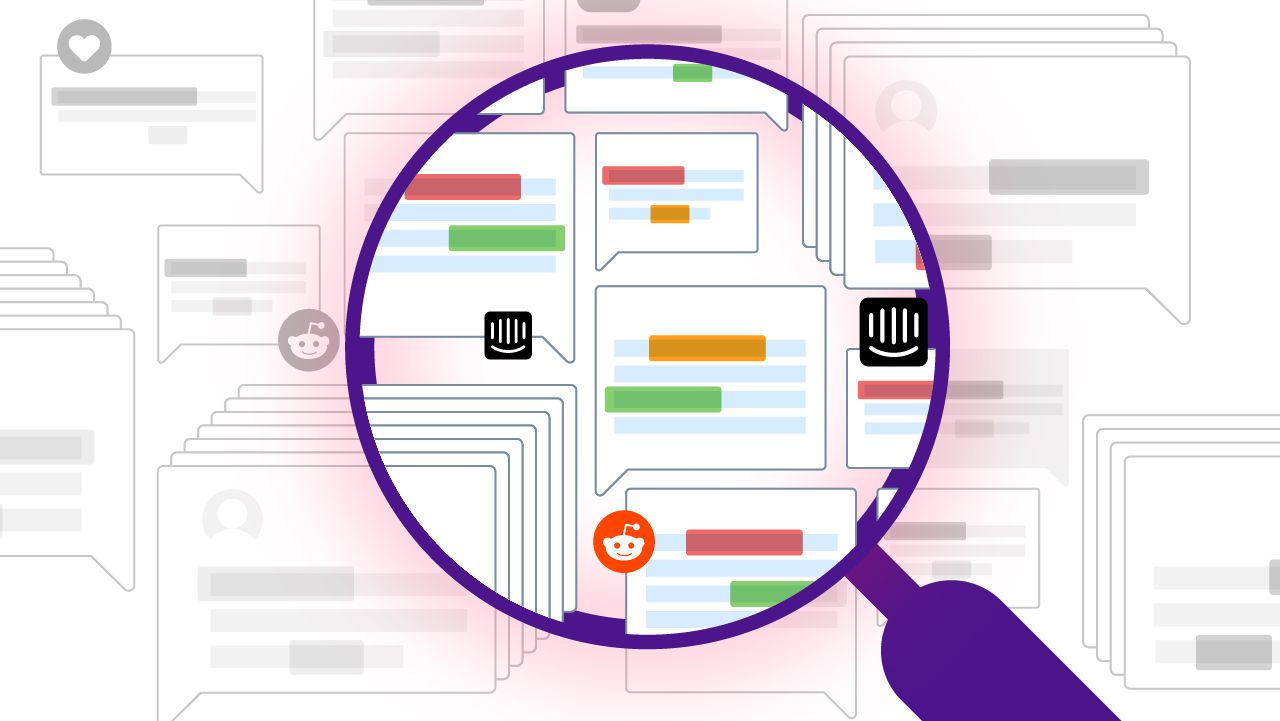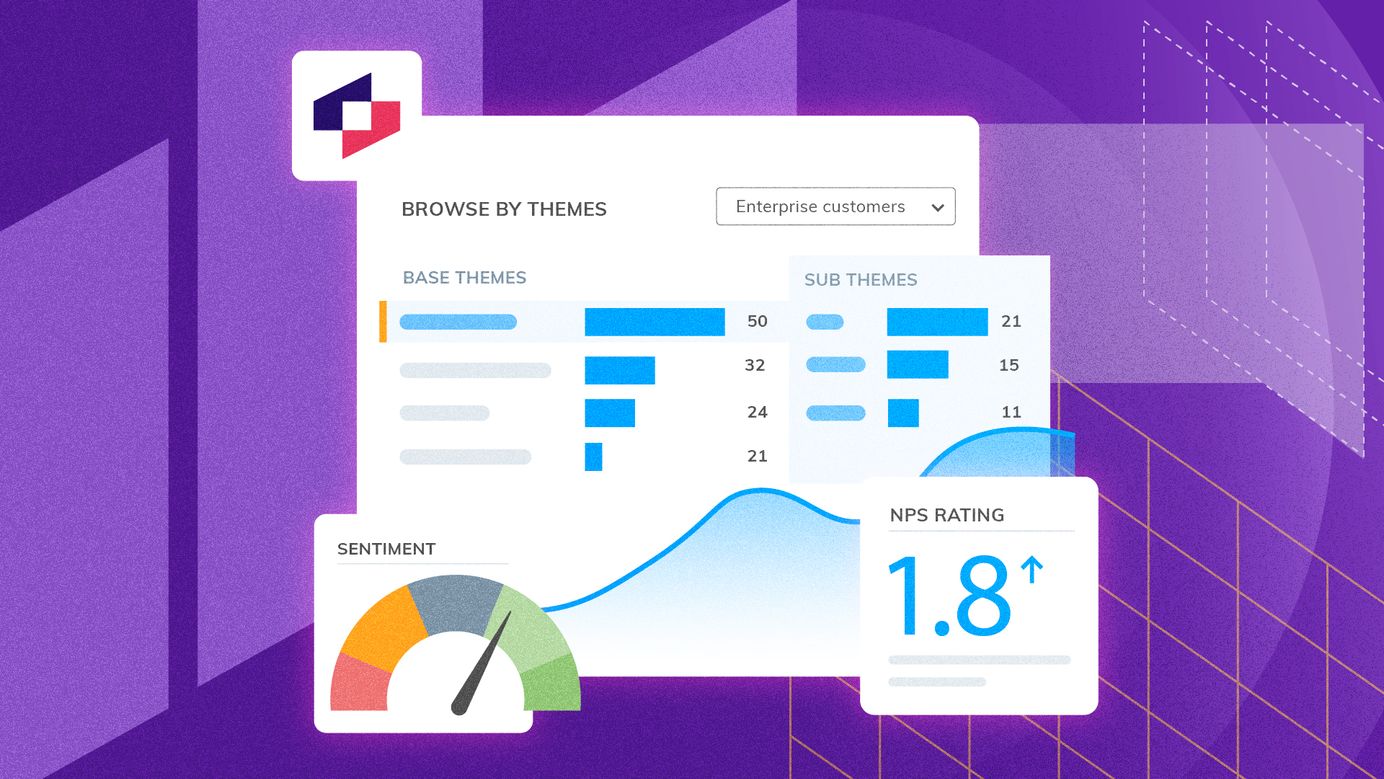
How to use prescriptive analytics to improve your customer relationships
Following on from a previous blog post, a great example of prescriptive analytics, shared by Bain, is the one of DiDi. DiDi is a major Chinese ride-sharing company providing transportation services for more than 450 million users across over 400 cities in China (i.e. many times bigger than Uber, whose China operations DiDi acquired and absorbed in 2016).
As you know, the Net Promoter® Score (NPS) is used by thousands of companies worldwide to establish the likelihood of customers recommending a product to others. What if you don’t want to or for some reason aren’t able to send out a survey? Sometimes you don’t even need to ask your customers directly for feedback. Imagine leveraging the vast scale of data generated by all of DiDi’s customer transactions – this gives the a huge advantage. Knowledge is power, indeed.
Matching the data DiDi collects on every aspect of millions of rides with end-of-ride ratings from customers allows the company to create predictive models. They’ll know what sorts of experiences usually produce promoters and which ones create detractors.
Thereby, DiDi doesn’t need to ask all its customers for feedback. The models generate a rating score for rides that match what customers say in traditional NPS survey.
This means that DiDi’s model can generate real-time feedback to its drivers. For example, it immediately identifies situations where there’s a need to rectify the relationship or service. This then triggers an intervention, possibly even before the customer has completed the ride. If the algorithms identify a pickup that went wrong or a ride that took longer than it should have, DiDi can issue an apology or a credit. On the other hand, if the ride went swimmingly well, DiDi’s app can prompt the customer with ways to share with their friends about the service’s benefits.
Is this the future of customer feedback? Companies using predictive analytics to figure out whether customers are promoters or detractors, and then using prescriptive analytics to help close the loop and enable instant action.
Advanced analytics applied in the right ways can foster even deeper customer intimacy using enormous volumes of digital interaction data to “remember, interpret and enhance each customer’s experience at every point of contact, digital or personal” (Bain, 2017).

Stay up to date with the latest
Join the newsletter to receive the latest updates in your inbox.




